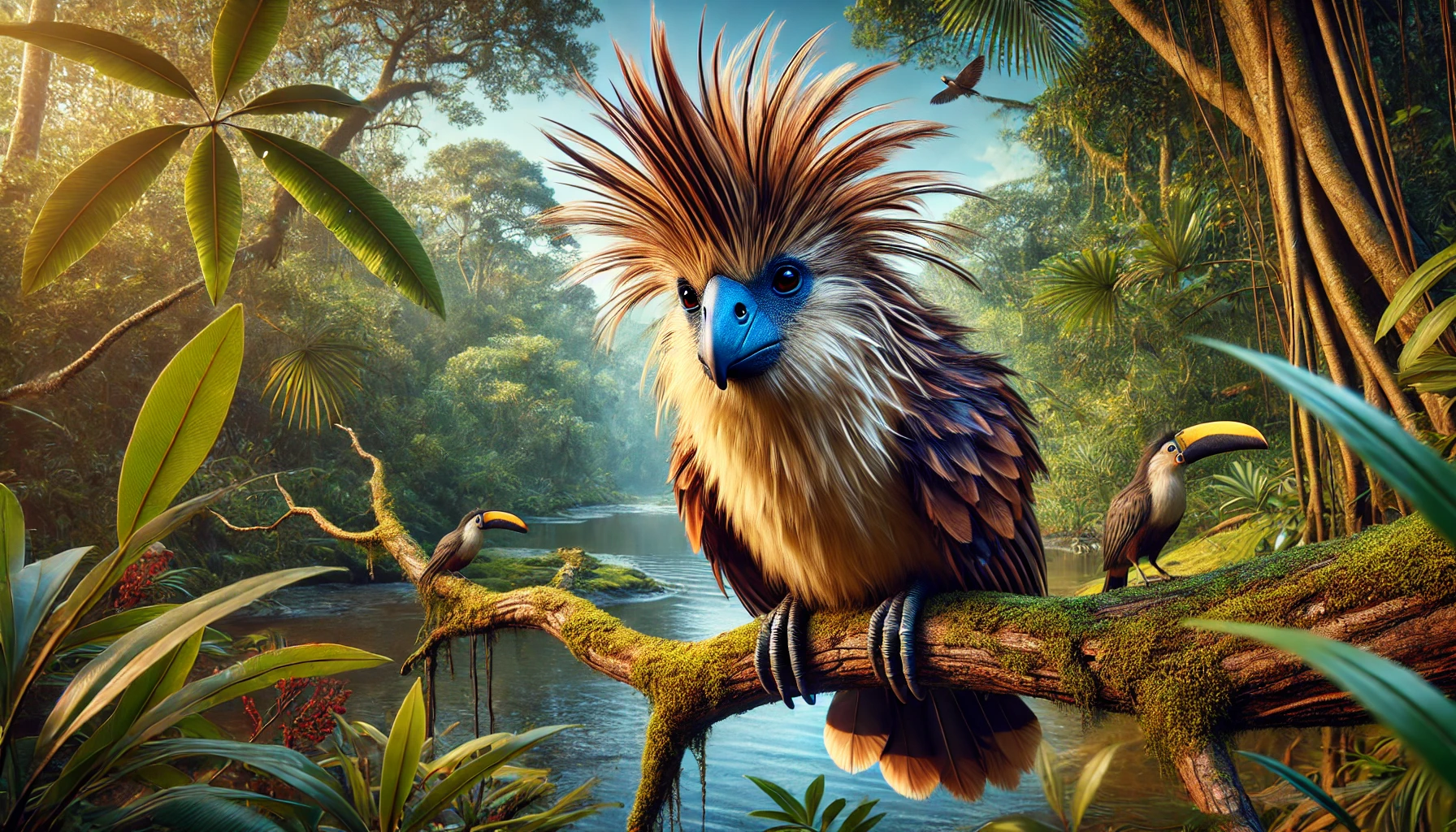The hoatzin, also known as the stinkbird, is a truly unique and fascinating species found in the swamps, forests, and mangroves of South America. With its spiky crest, blue facial skin, and red eyes, the hoatzin looks like it stepped out of a prehistoric era. This quirky bird is not only visually distinctive but also boasts behaviors and adaptations that set it apart from other avian species.
Facts about the Hoatzin (aka: Stinkbird)

Fact 1: A Digestive System Unlike Any Other
One of the most remarkable features of the hoatzin is its cow-like digestive system. Unlike most birds, which rely on their stomachs and gizzards to process food, the hoatzin ferments its meals in a specialized crop. This process, similar to that of ruminants like cows, allows the bird to digest tough plant material such as leaves and flowers. However, it also gives the bird its infamous nickname, the stinkbird, due to the unpleasant odor produced by the fermentation process.
This unique adaptation makes the hoatzin one of the few exclusively folivorous birds in the world, relying almost entirely on a diet of leaves. Its digestive system also affects its flight capabilities, as the enlarged crop reduces space for strong breast muscles, making the hoatzin a relatively poor flier.
Fact 2: Its Babies Come Armed
Another fascinating trait of the hoatzin is found in its young. Hoatzin chicks are born with two claws on each wing, a feature that harks back to their dinosaur ancestors. These claws allow the chicks to climb trees and shrubs, helping them escape predators before they are capable of flight. When threatened, chicks can even drop into the water and swim to safety, using their claws to climb back up to their nests once the danger has passed.
This primitive trait has led scientists to consider the hoatzin a living link to prehistoric birds, offering a glimpse into evolutionary history.
Fact 3: Social and Vocal
Hoatzins are highly social birds, often found in groups of up to a dozen individuals. They communicate using a wide range of vocalizations, including grunts, hisses, and croaks. These sounds serve to maintain group cohesion and alert others to potential threats.
Their social nature extends to parenting as well. Both parents and sometimes even older siblings participate in caring for the chicks, a behavior known as cooperative breeding. This teamwork helps ensure the survival of the young in their challenging wetland habitats.
Fact 4: Under Threat
While the hoatzin is not currently endangered, its dependence on specific wetland and forest ecosystems makes it vulnerable to habitat destruction. Deforestation and the drainage of wetlands for agriculture or development pose significant threats to its population.
Conservation efforts to protect the Amazon rainforest and other South American wetlands are crucial for the hoatzin’s continued survival. By preserving these ecosystems, we not only safeguard this extraordinary bird but also countless other species that share its habitat.
The hoatzin stands out as one of the most distinctive and intriguing birds in the world. From its unique digestive system and clawed chicks to its social behaviors, it’s a species that challenges our understanding of avian biology and evolution. By protecting the habitats that sustain the hoatzin, we ensure that future generations can marvel at this living relic of prehistoric times.

